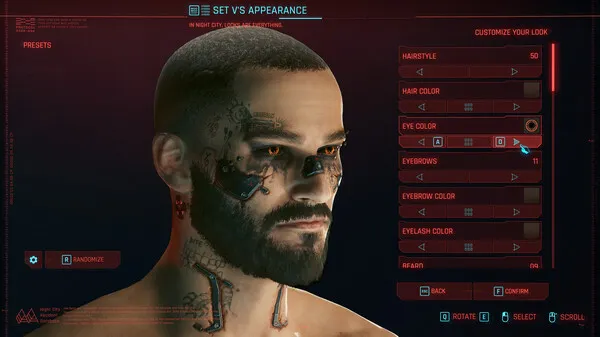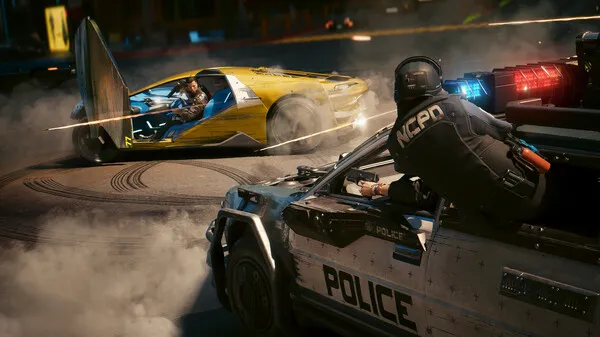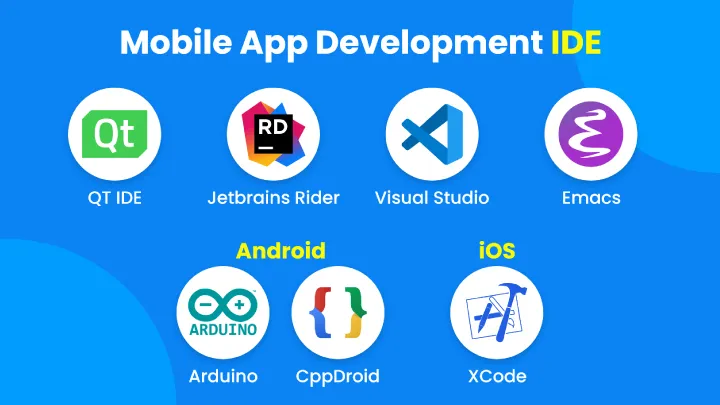When Cyberpunk 2077 launched in December 2020, it promised a living, breathing city teeming with dynamic characters, reactive environments, and emergent gameplay. Night City was marketed as a place where every NPC had a routine, every street told a story, and player actions would ripple through the world. But one of the most glaring issues that undermined this vision was the artificial intelligence—or lack thereof—of non-playable characters (NPCs). This article explores the evolution, failure, and partial redemption of NPC AI in Cyberpunk 2077, dissecting how it impacted immersion, gameplay, and player trust.
1. The Vision: What CD Projekt Red Promised
At E3 2018 and subsequent promotional events, CD Projekt Red showcased a world where NPCs would follow daily schedules, react to player behavior, and contribute to a sense of realism. The studio claimed that Night City would be more than a backdrop—it would be a character in itself.
These promises built immense anticipation. Players expected NPCs to engage in conversations, flee from danger, call for help, or even retaliate. The idea was to create a city that felt alive, where every pedestrian and vendor had a purpose beyond being window dressing.
Conclusion The vision was ambitious and exciting, but it set expectations that the final product couldn’t meet.
2. Launch Reality: Static and Scripted NPCs
Upon release, players quickly noticed that NPCs in Cyberpunk 2077 were largely static. Most pedestrians wandered aimlessly, repeated animations, and failed to respond meaningfully to the player’s actions. Shooting a gun in public might cause a few to duck or run, but many simply froze or disappeared.
Even more jarring was the lack of persistence. NPCs would despawn when the player turned around, and their routines were nonexistent. Unlike games like Red Dead Redemption 2 or Skyrim, where NPCs have homes, jobs, and relationships, Cyberpunk’s citizens felt like cardboard cutouts.
Conclusion The contrast between expectation and reality was stark, and it shattered immersion for many players.
3. Police AI: A System That Didn’t Work
One of the most criticized aspects of NPC behavior was the police response system. Instead of chasing the player or responding logically to crimes, police officers would spawn behind the player instantly, regardless of location or context.
This led to absurd scenarios: committing a crime in a remote alley would still trigger an instant police presence, often teleporting into the scene. There was no pursuit mechanic, no escalation, and no sense of consequence beyond a brief firefight.
Common Player Complaints
- Police spawning out of thin air
- No chase or investigation mechanics
- Lack of crime persistence across districts
Conclusion The broken police AI became emblematic of the game’s deeper systemic issues.
4. Crowd Behavior: A City Without Memory
Crowds in Night City were meant to reflect the diversity and chaos of a cyberpunk metropolis. But in practice, they were repetitive, non-reactive, and easily broken. Players could block traffic indefinitely, stand in front of NPCs without consequence, or cause chaos with little reaction.
Even more problematic was the lack of memory. NPCs didn’t remember the player’s actions, and there was no reputation system. Whether you were a hero or a menace, the city treated you the same.
Examples of Broken Crowd AI
- NPCs walking into walls or each other
- No reaction to player’s notoriety or clothing
- Instant despawning when out of sight
Conclusion Without memory or consequence, the city felt hollow despite its visual richness.
5. Vendor and Shopkeeper AI: Missed Opportunities
Vendors in Cyberpunk 2077 were another disappointment. While visually distinct, they lacked depth. Most stood in place, offered limited dialogue, and didn’t react to the player’s actions or time of day.
There was no haggling, no dynamic inventory, and no interaction beyond basic transactions. Players couldn’t build relationships with vendors, and their presence felt purely functional.
What Was Missing
- Dynamic pricing or inventory
- Vendor schedules and routines
- Unique reactions to player choices
Conclusion Vendors could have added life and personality to districts, but instead felt like static menus.
6. Companion AI: Inconsistent and Underdeveloped
Companions like Panam, Judy, and River were central to the narrative, but their AI outside of scripted missions was limited. They couldn’t follow the player freely, assist in combat dynamically, or interact with the world in meaningful ways.
During missions, their behavior was often rigid. They followed predetermined paths, ignored environmental hazards, and sometimes glitched out entirely. Outside missions, they were inaccessible, breaking the illusion of ongoing relationships.
Companion AI Issues
- No free-roam or sandbox interaction
- Limited combat support
- Scripted behavior with little adaptability
Conclusion Companions were emotionally compelling but mechanically disconnected from the world.
7. Patch Attempts: Fixes and Limitations
CD Projekt Red released multiple patches post-launch to address AI issues. Some improvements were made—police now pursue players in vehicles, and crowd reactions are slightly more varied. But the core systems remain shallow.
Patch 1.6 and the Phantom Liberty expansion introduced better pathfinding and more reactive NPCs in specific zones. However, these changes were not universal, and many areas of Night City still suffer from lifeless behavior.
Improvements Made
- Police pursuit mechanics added
- Better crowd animations in Dogtown
- Minor vendor interaction upgrades
Conclusion Patches helped, but they couldn’t fully rebuild the AI systems from the ground up.
8. Comparisons to Other Games
Cyberpunk’s NPC AI was often compared unfavorably to other open-world titles. Games like GTA V, Red Dead Redemption 2, and Watch Dogs 2 feature more reactive and persistent NPCs. These comparisons highlighted how far Cyberpunk fell short.
In GTA V, pedestrians react to traffic, call the police, and remember crimes. In Red Dead, NPCs have daily routines and respond to player morality. Cyberpunk’s lack of these features made Night City feel more like a stage than a living world.
Notable Comparisons
- GTA V: Dynamic police and crowd systems
- Red Dead 2: NPC routines and memory
- Watch Dogs 2: Hacking-based NPC interactions
Conclusion Cyberpunk’s ambition was high, but its execution lagged behind industry standards.
9. Modding Community: Filling the Gaps
Modders stepped in to improve NPC AI where CD Projekt Red fell short. Mods like “Enhanced Police” and “Living City” added pursuit mechanics, better crowd behavior, and even rudimentary schedules for NPCs.
These mods showcased what was possible and reignited interest in the game. However, they also highlighted how much of the promised experience was missing from the base game.
Popular AI Mods
- Enhanced Police
- Living City
- Immersive Vendors
Conclusion The modding community salvaged immersion, but players shouldn’t have had to rely on them.
10. Phantom Liberty and the Future of AI in Cyberpunk
The Phantom Liberty expansion marked a turning point. Dogtown, the new district, featured more reactive NPCs, improved police AI, and better companion behavior. These changes suggest CD Projekt Red learned from past mistakes.
Still, the improvements are localized. The rest of Night City remains inconsistent, and the AI overhaul many hoped for never fully materialized. Future updates or sequels may address this, but the original vision remains only partially fulfilled.
What Phantom Liberty Improved
- Police now pursue across zones
- NPCs react more believably to violence
- Companions have more dynamic roles
Conclusion Phantom Liberty is a step forward, but the journey to a truly living city is far from complete.
Conclusion Cyberpunk 2077’s NPC AI was one of its most glaring failures—a broken promise that undermined immersion and player agency. While patches and expansions have improved certain aspects, the core systems remain underdeveloped. The game’s visual splendor and narrative depth are undeniable, but without believable NPC behavior, Night City struggles to feel alive. Whether through future updates or a sequel, fixing AI must be a priority if Cyberpunk is to truly fulfill its original vision

















